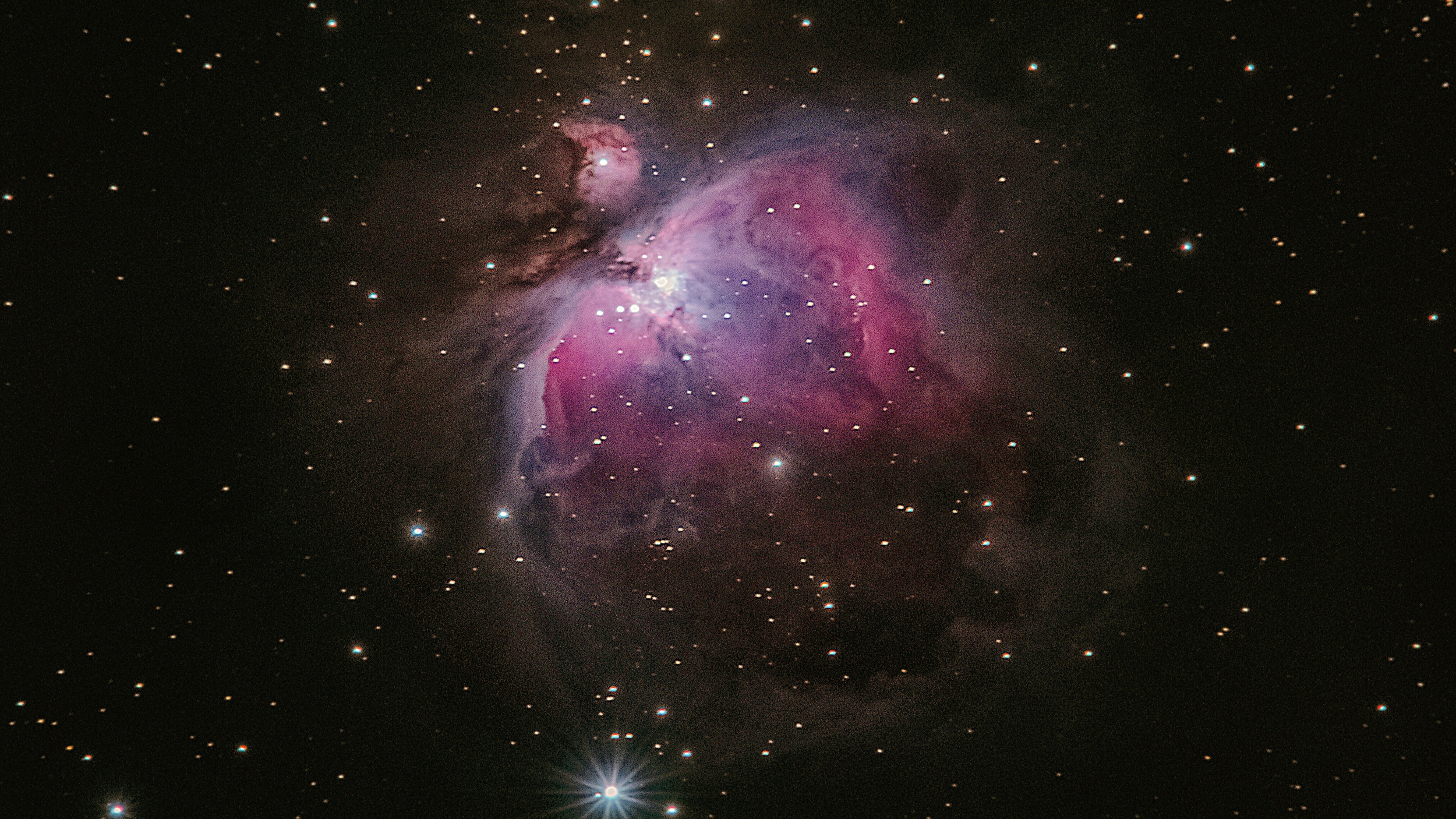Science
NASA Set to Release Sharpest Images of 3I/ATLAS Interstellar Object

NASA is preparing to unveil the sharpest images yet of the interstellar object 3I/ATLAS, which has intrigued astronomers since its passage through our Solar System. Captured by the Mars Reconnaissance Orbiter’s HiRISE camera between October 1 and October 7, 2023, these images promise to transition the conversation from speculation to concrete evidence regarding this unusual visitor.
The release of the images was initially delayed due to the recent U.S. government shutdown, but NASA has indicated that the highly anticipated shots could be available as early as next week. For astronomers, these new images represent not just an aesthetic advancement, but a significant leap in resolution. The HiRISE camera offers a spatial resolution approximately three times better than that of the Hubble Space Telescope, which previously captured images of 3I/ATLAS on July 21.
Unusual Characteristics Spark Debate
3I/ATLAS stands out for its peculiar behavior, particularly its ‘anti-tail’, which is a stream of dust appearing to point toward the Sun rather than away from it. Harvard astrophysicist Avi Loeb has noted that this feature is not typical of comets and suggests that 3I/ATLAS may not be a simple rock and ice formation. This has led to speculation about its origins, including the possibility that it could be an artificial object.
Loeb criticized the delay in releasing the HiRISE images, describing it as a reflection of governmental inefficiency. He emphasized the importance of sharing data, stating, “The truth about the nature of 3I/ATLAS will be revealed by the sharing of data, not by the storyline of gatekeepers.” His comments resonate with a broader frustration among scientists who believe that bureaucratic delays can hinder our understanding of the universe.
The upcoming images are not expected to resolve all questions about 3I/ATLAS but may help narrow down theories. With speculation running high, the scientific community eagerly anticipates how the high-resolution images will inform ongoing debates about the object’s composition.
Future Monitoring Plans
Currently, 3I/ATLAS is on a trajectory toward Jupiter. NASA’s Juno spacecraft and the European Space Agency’s JUICE mission are set to monitor its progress until it exits the Solar System in March 2024. This extended observation period is particularly valuable, as unusual objects from outside our Solar System typically do not allow for prolonged study.
While the release of the HiRISE images will not conclusively end all arguments surrounding 3I/ATLAS, they are expected to provide crucial data that could clarify whether the object is primarily composed of rock, ice, or something even more enigmatic. The transition of 3I/ATLAS from a topic of internet speculation to one of the best-studied interstellar visitors marks a significant moment in space science, bringing humanity one step closer to understanding the mysteries of our universe.
-

 Health2 months ago
Health2 months agoNeurologist Warns Excessive Use of Supplements Can Harm Brain
-

 Health3 months ago
Health3 months agoFiona Phillips’ Husband Shares Heartfelt Update on Her Alzheimer’s Journey
-

 Science4 weeks ago
Science4 weeks agoBrian Cox Addresses Claims of Alien Probe in 3I/ATLAS Discovery
-

 Science4 weeks ago
Science4 weeks agoNASA Investigates Unusual Comet 3I/ATLAS; New Findings Emerge
-

 Science3 weeks ago
Science3 weeks agoScientists Examine 3I/ATLAS: Alien Artifact or Cosmic Oddity?
-

 Science3 weeks ago
Science3 weeks agoNASA Investigates Speedy Object 3I/ATLAS, Sparking Speculation
-

 Entertainment4 months ago
Entertainment4 months agoKerry Katona Discusses Future Baby Plans and Brian McFadden’s Wedding
-

 World2 months ago
World2 months agoCole Palmer’s Cryptic Message to Kobbie Mainoo Following Loan Talks
-

 Entertainment4 months ago
Entertainment4 months agoEmmerdale Faces Tension as Dylan and April’s Lives Hang in the Balance
-

 Science3 weeks ago
Science3 weeks agoNASA Scientists Explore Origins of 3I/ATLAS, a Fast-Moving Visitor
-

 Entertainment4 months ago
Entertainment4 months agoLove Island Star Toni Laite’s Mother Expresses Disappointment Over Coupling Decision
-

 Entertainment3 months ago
Entertainment3 months agoMajor Cast Changes at Coronation Street: Exits and Returns in 2025









